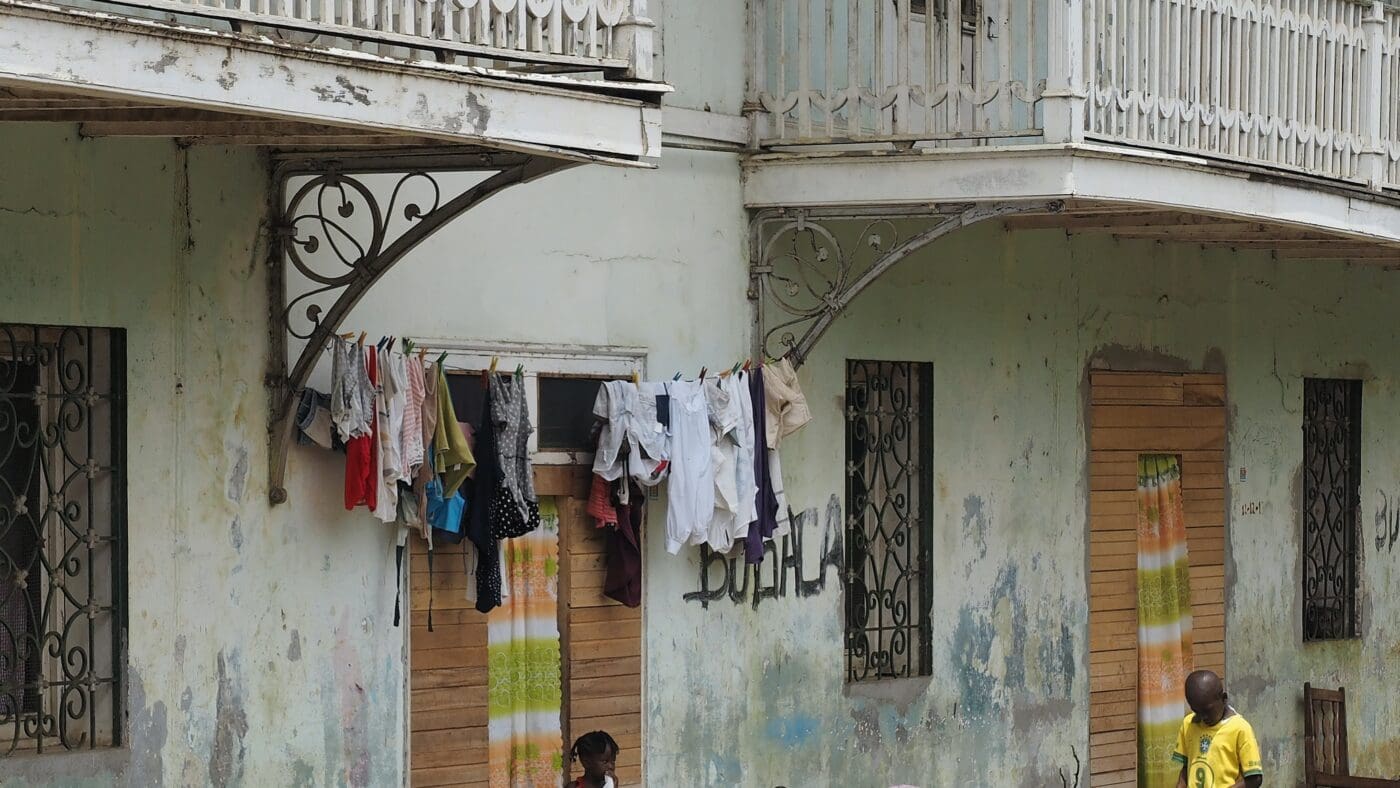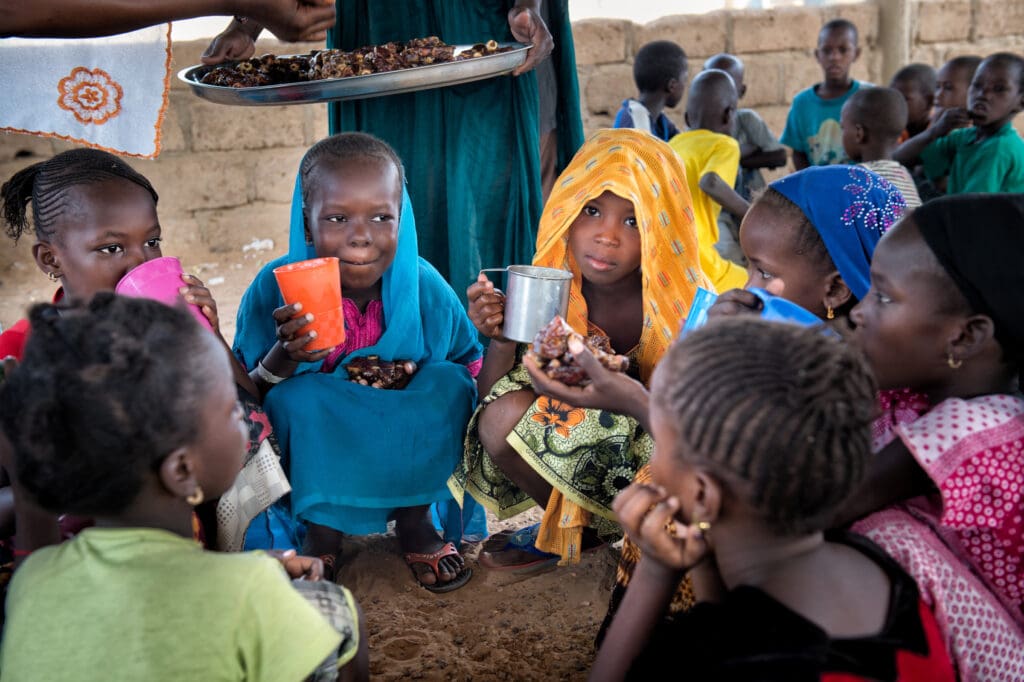Photo: Unsplash/Jorge Sá Pinheiro

São Tomé and Príncipe
The two-island country faces significant challenges due to its remoteness and irregular landscape. This results in high export costs and agriculture that’s vulnerable to natural disasters.
Remote and isolated
As the second smallest economy in Africa, São Tomé and Príncipe covers two islands and several mostly uninhabited islets. More than two-thirds of its people live below the poverty line.
Food availability and market stability are unpredictable due to limited infrastructure and poor market access. São Tomé’s heavy reliance on food imports causes fluctuations in food prices and affects the livelihoods of families, women, children, the elderly and people living with HIV.

Photo: WFP/Agron Dragaj